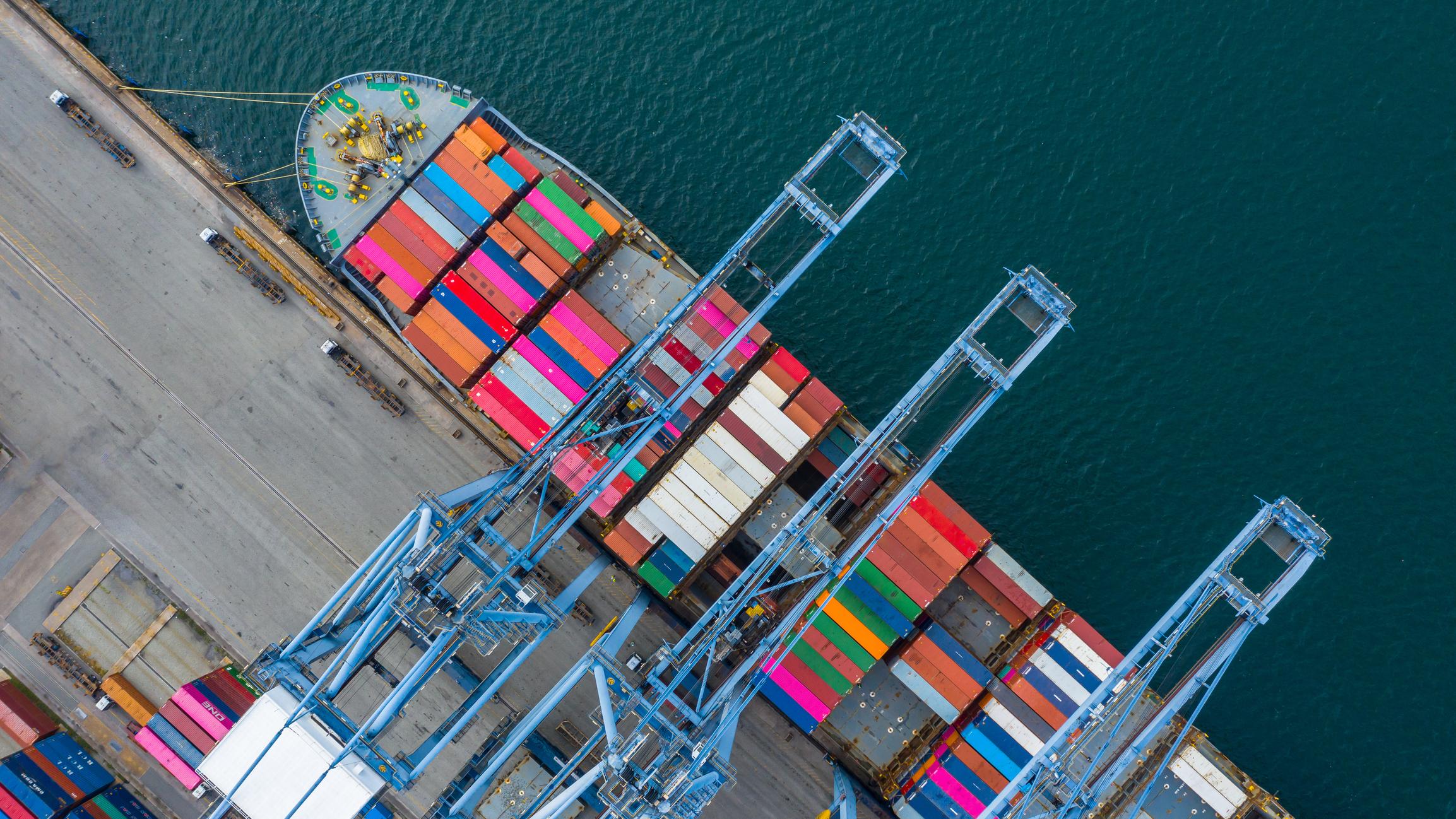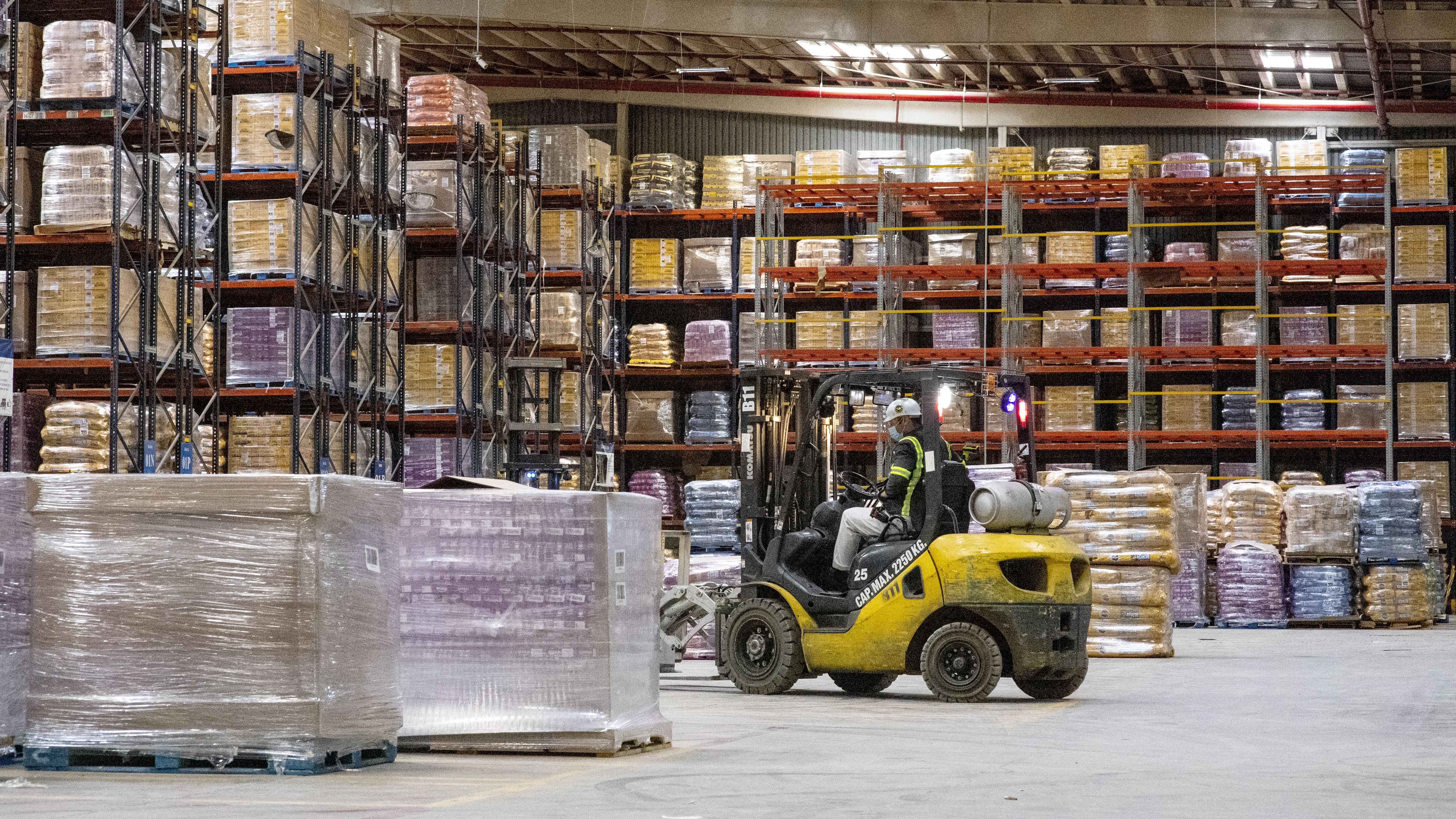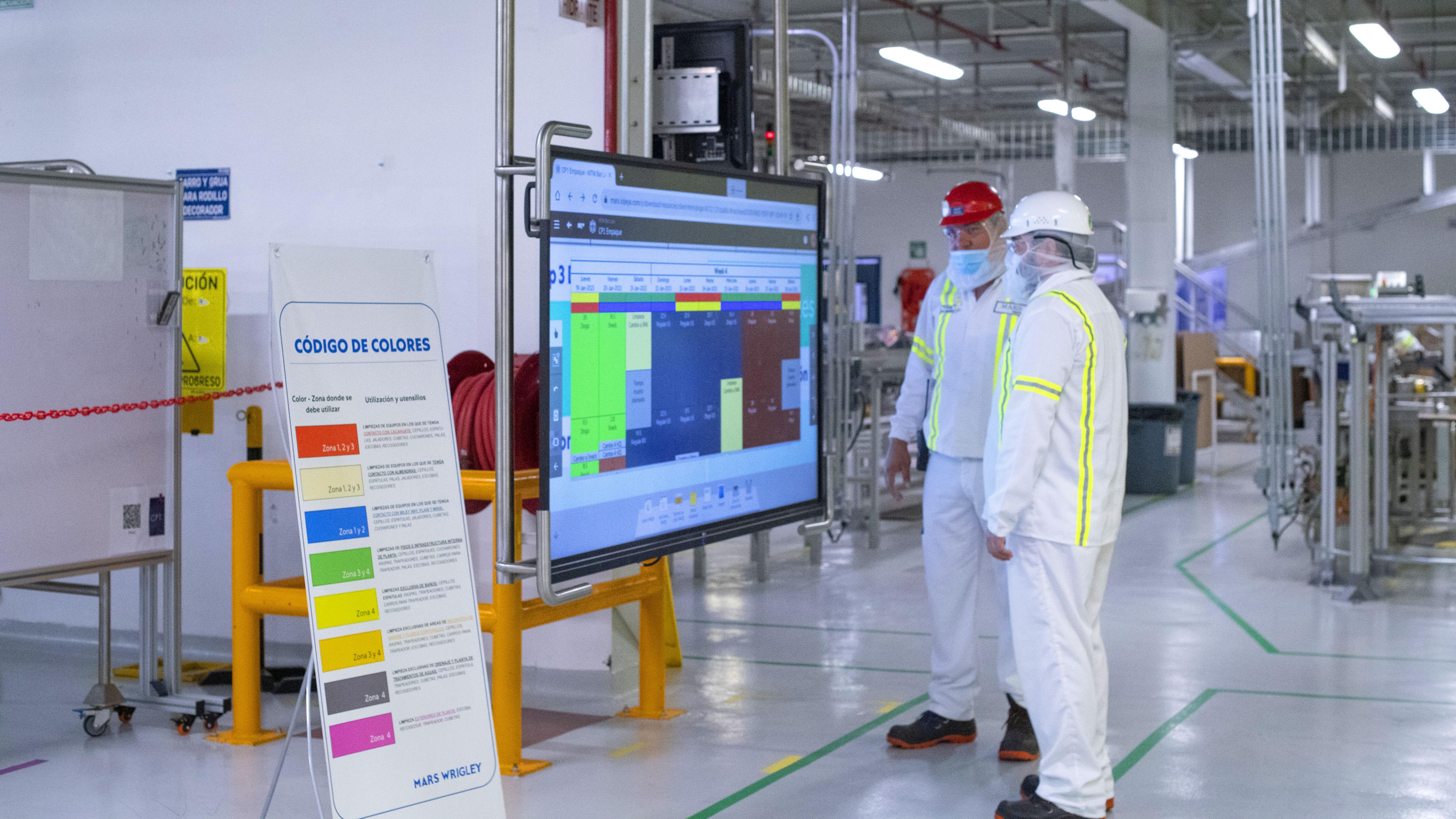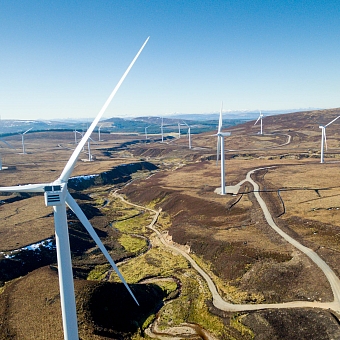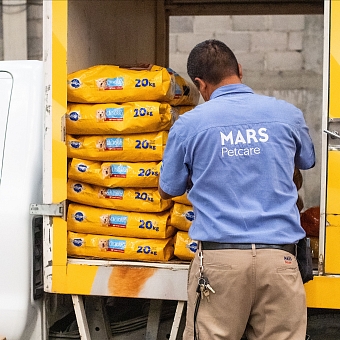Today is the Time to Act
Climate action can't wait. We're cutting our greenhouse gas emissions 50% by 2030 and aim to reach net zero by 2050.
Acting for Net Zero by 2050, now.
Climate change poses one of the most significant challenges of our era — we must act now to avoid the worst of its impacts. From the factories that make our products to the veterinary hospitals that care for pets, our accelerated, affordable and achievable Net Zero Roadmap(Opens a new window) shows that it’s possible to cut emissions 50% by 2030 and achieve net zero GHG emissions across our full value chain by 2050.
Net zero terminology, decoded
Investing in our net zero future
As part of our pathway to net zero, we’re making several major investments, including procuring more renewable electricity, pursuing sustainable packaging, improving logistics, optimizing recipes, scaling climate-smart agriculture and stopping deforestation in our supply chain.
Renewable energy
We now source renewable electricity for 58% of our global footprint.1 This accounts for the growth of...
Logistics
We’re electrifying our logistics and exploring technologies so our products can get everywhere with...
Recipe optimization
We’re innovating to source the best ingredients in the most climate-friendly way.
When considering...
Climate-smart agriculture
We’re strengthening our programs with farmers to limit greenhouse gas emissions and move towards...
Deforestation
We’re redesigning our supply chains to help stop deforestation in five key raw materials identified...
Packaging
We’re developing circular solutions to ensure zero waste in our packaging.
As a global business...
The steps we're taking to get to Net Zero by 2050
- Transitioning to 100% renewable energy – by changing how we power our factories, offices and veterinary hospitals, addressing energy used by farmers, how we source ingredients and even the energy used by customers (retailers) and by consumers and pet owners at home.
- Redesigning our supply chains to stop deforestation – by enhancing transparency and traceability of key ingredients such as cocoa, soy, and beef.
- Scaling up initiatives in climate-smart agriculture – by working with farmers on regenerative agriculture, optimizing sourcing, and switching to renewables.
- Optimizing recipes – developing new lower GHG-footprint ingredients for snacks and human-food dishes, as well as alternative proteins for pet food.
- Improving and optimizing logistics – redesigning networks, the type of transport we reply on and the energy sources used, e.g., electrification of vehicles or potential green hydrogen.
- Embedding climate action in the business – embedding climate reductions into our governance and business planning, including it as a shareholder objective, in variable remuneration plans of our senior executives, in investment planning processes, in its merger and acquisition strategy, etc.
Our 2024 carbon footprint total
27.9 MtCO2e
(Ingr) = Ingredients
Our Path to Net Zero
Achieving net zero is an investment into your company's long-term success, and making a meaningful contribution to a more sustainable and more stable operating environment.


The Five Fundamental Elements of our Net Zero Roadmap
Net Zero Fundamentals is an approach we developed to eliminate greenhouse gas (GHG) emissions from our entire value chain as quickly and effectively as possible. We created this after years of collaboration with others in the NGO and business communities. Because no single organization can stop the climate crisis, we hope other organizations can use this approach and partner with us to strengthen it further.
Including all emissions across the full value chain is paramount—from farmers and suppliers to factories, office sites and veterinary clinics.
It’s not about the fastest or seemingly most ambitious target; it’s about delivering real progress in absolute terms, decoupling emissions from our growth.
Net zero success is made up of many smaller, shorter-term decisions that ensure companies stay on the right path. Establishing interim targets of three-to-five years helps hold businesses accountable and better match other business planning and decision-making cycles.
Net Zero means not missing decisions now that you won’t get to make again before the end of your net zero journey. A great example: locating new factories in places that optimize renewable energy access and minimize transport requirements.
The science is clear. Most companies can’t get to net zero by only reducing emissions or sequestering carbon in their own value chains. However, not all carbon credits are created equal, and companies should only use credits to cover the residual emissions, and use only verified, high-quality credits that are real, additional (beyond business-as-usual activities), measurable and permanent and won’t be double counted.





